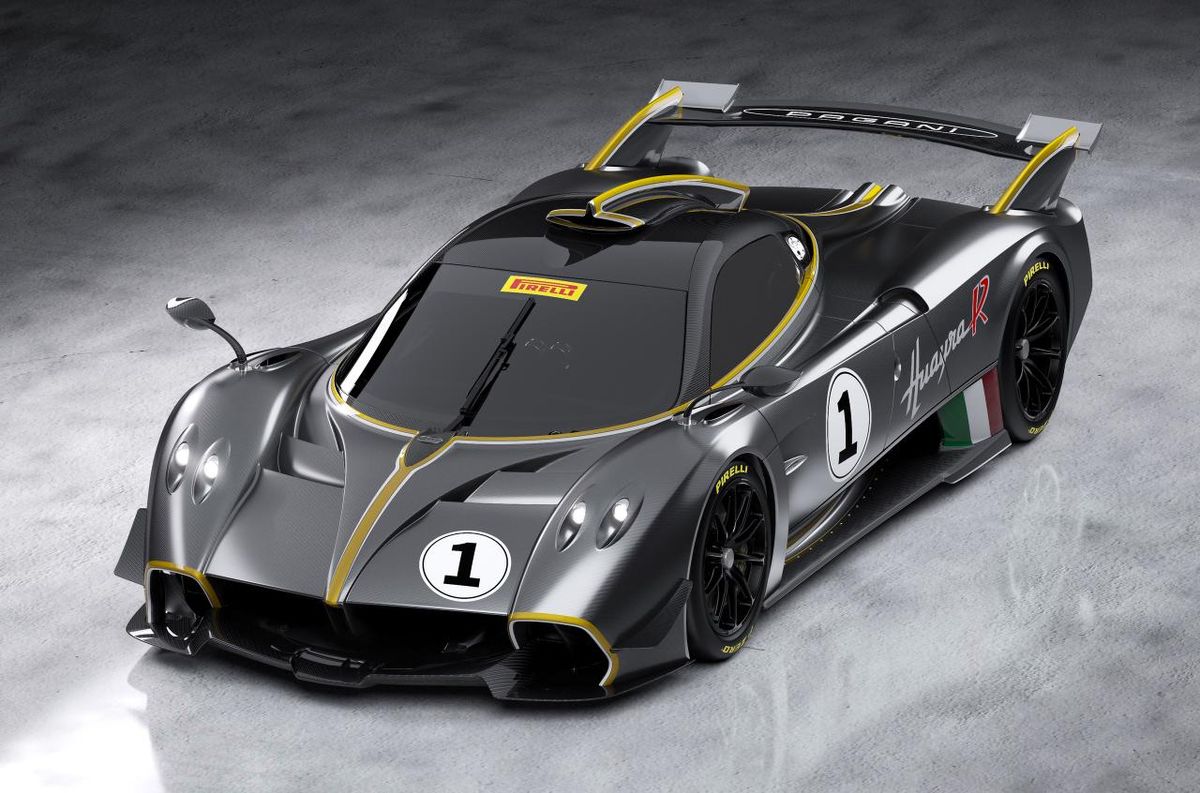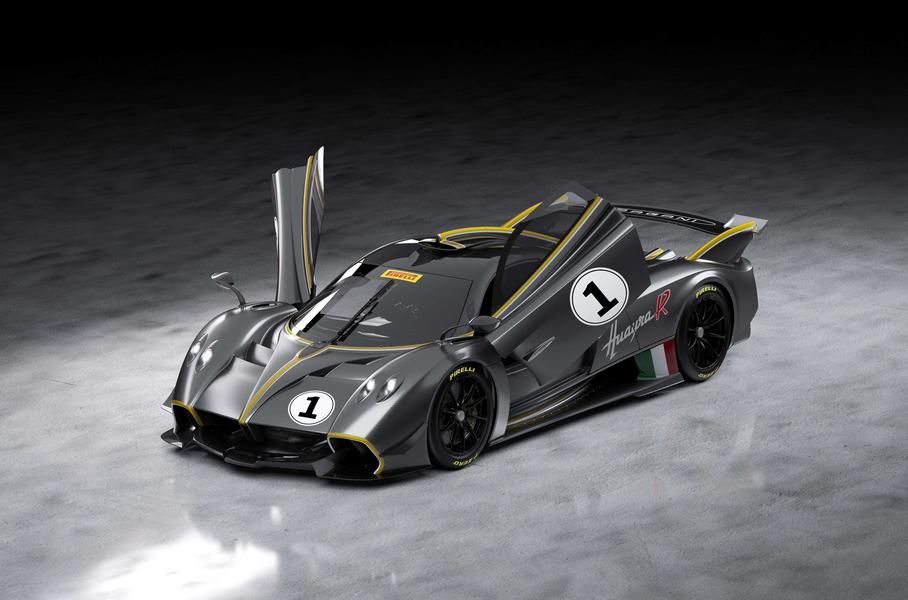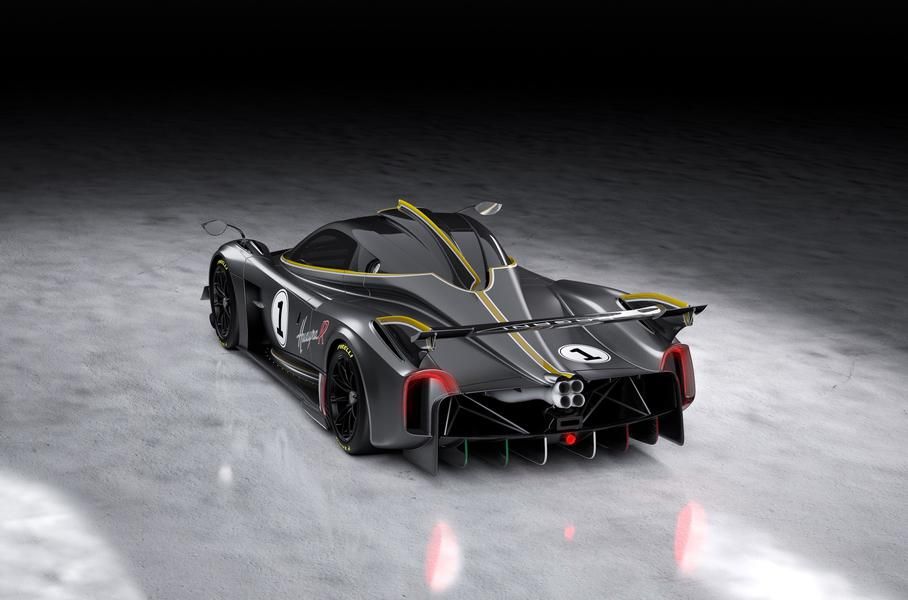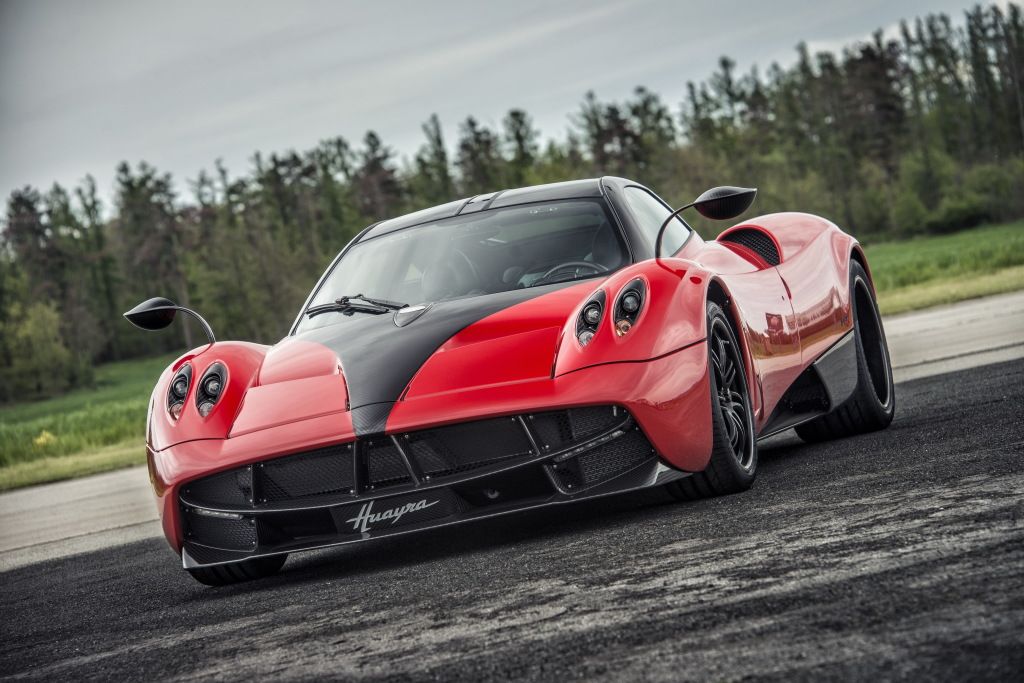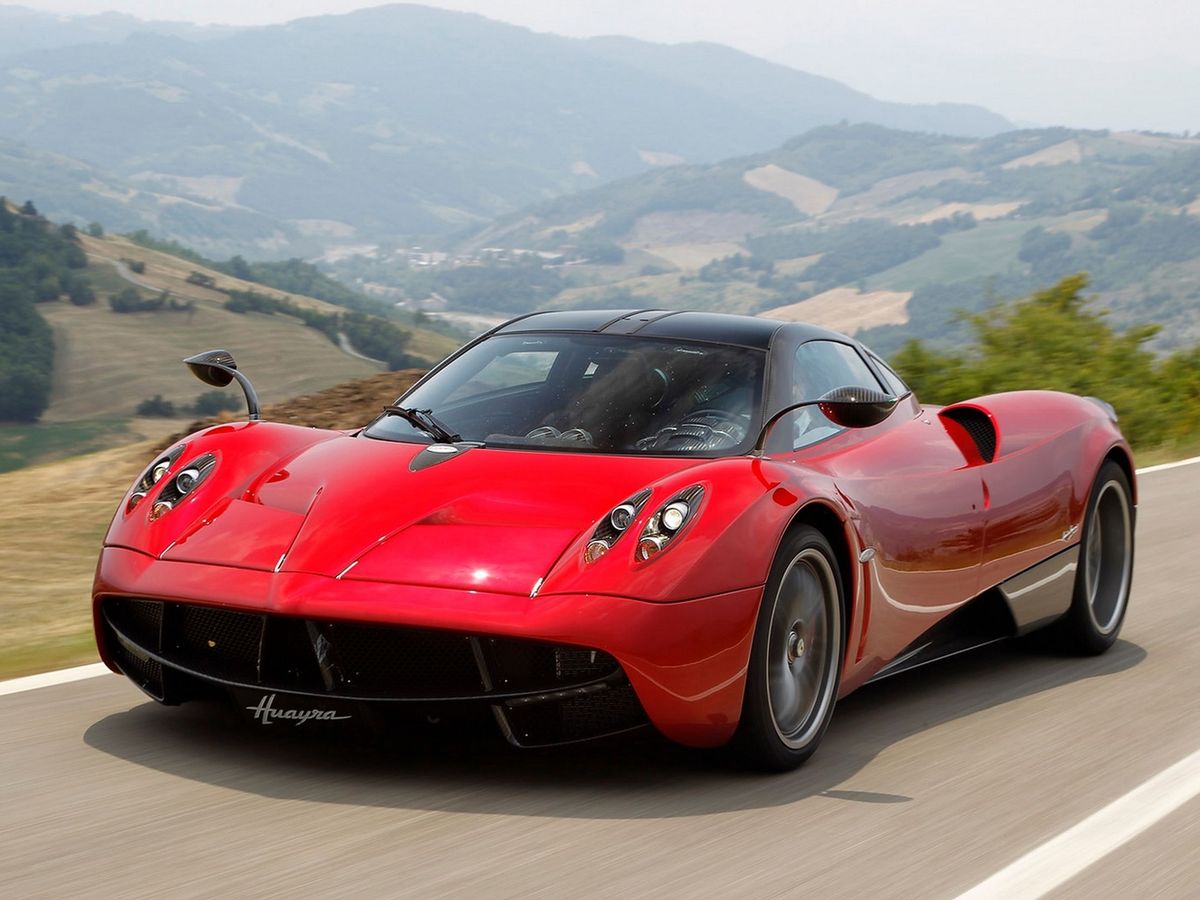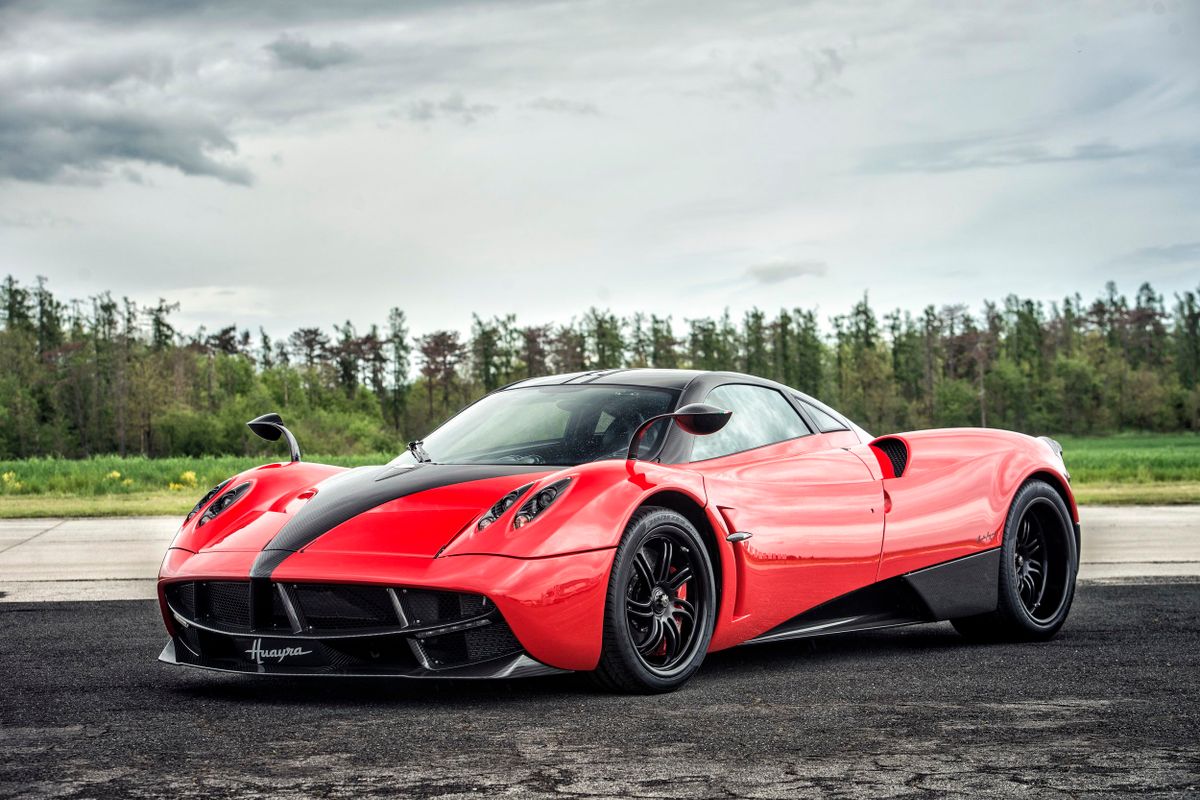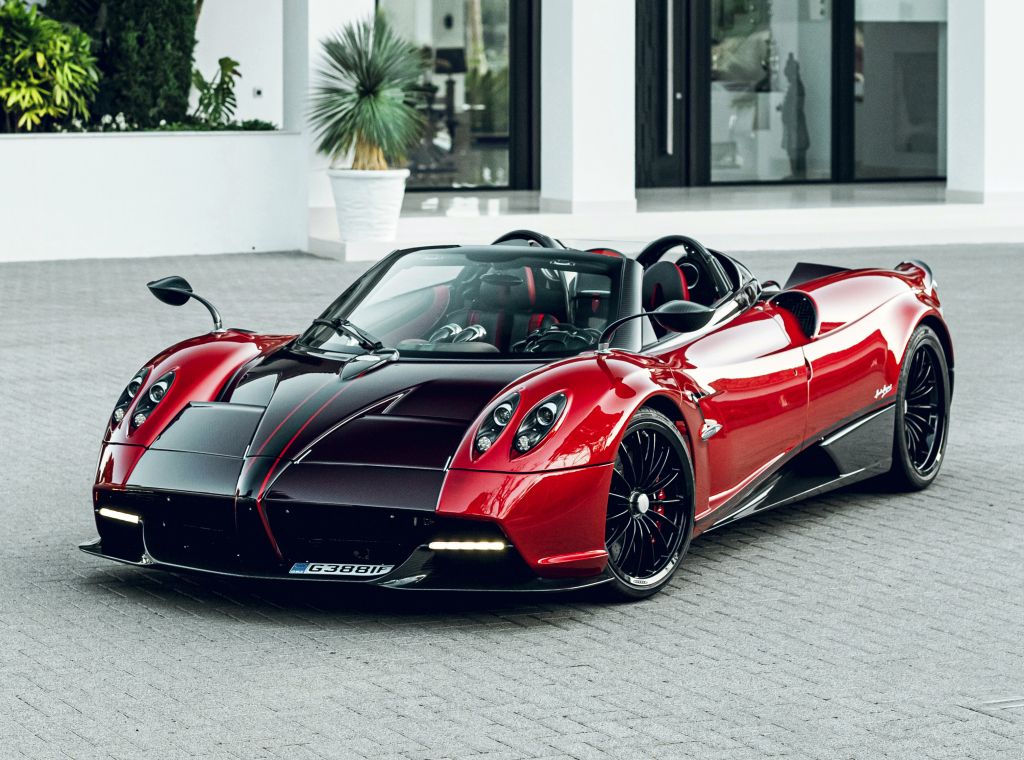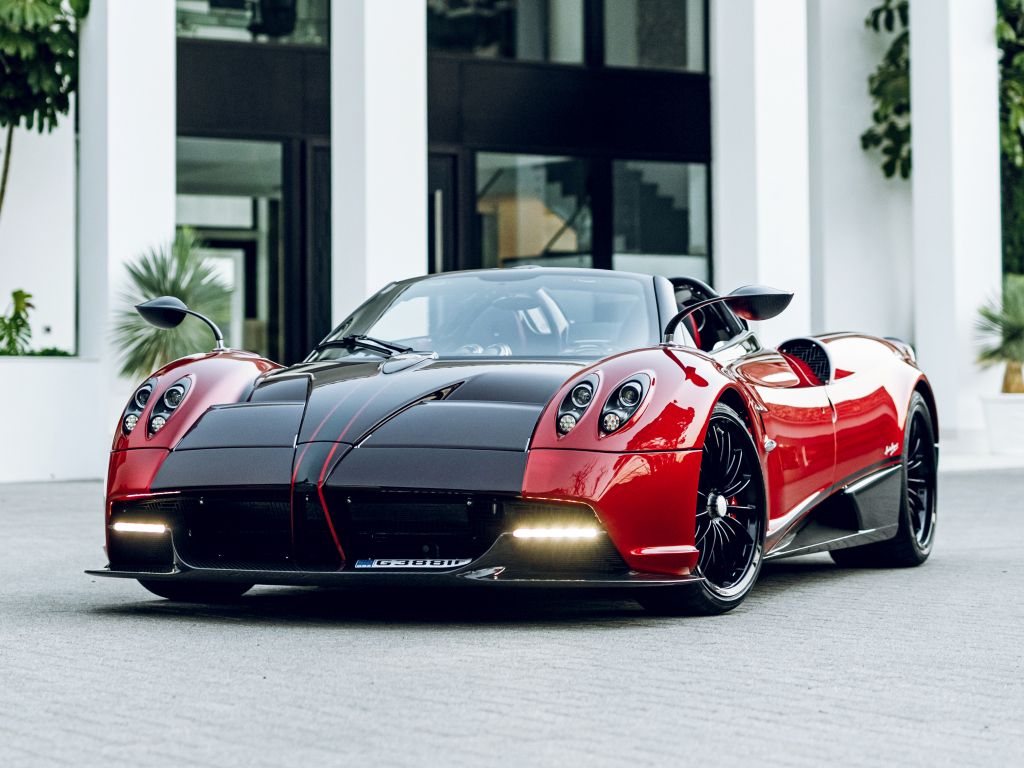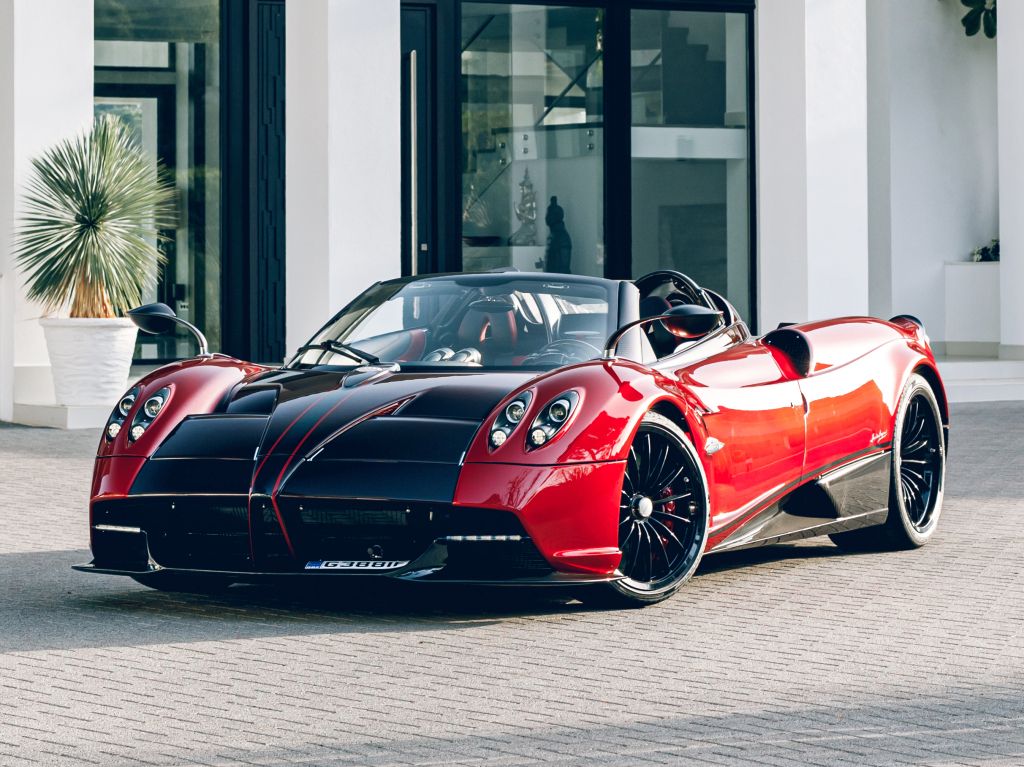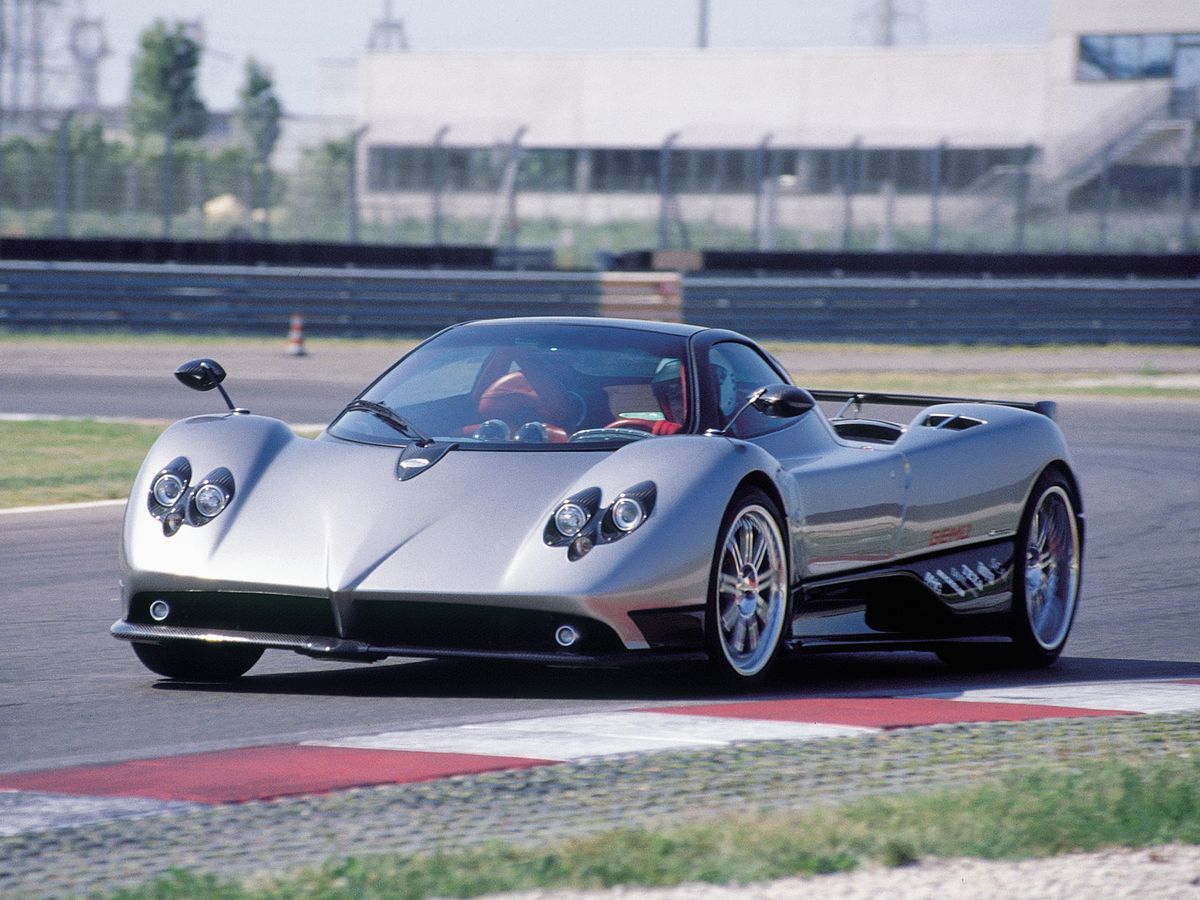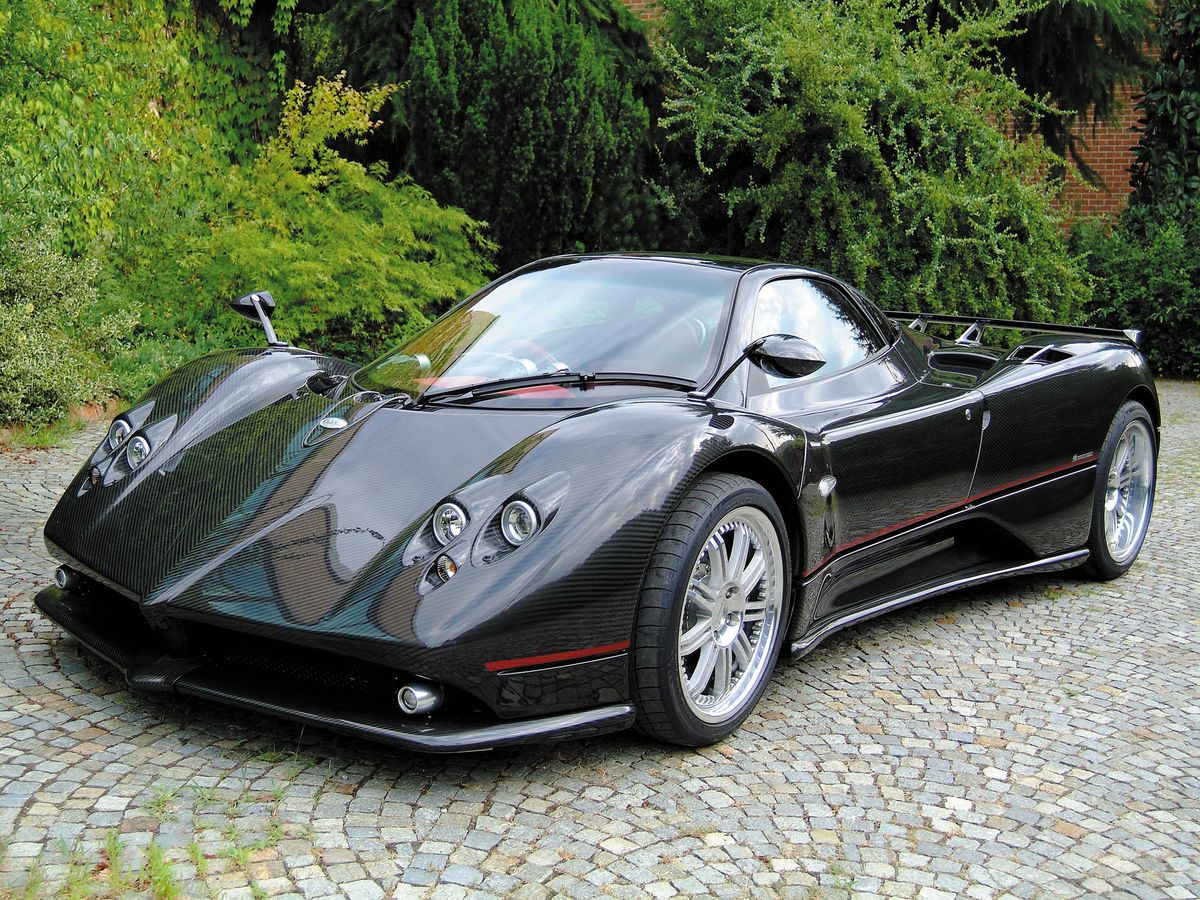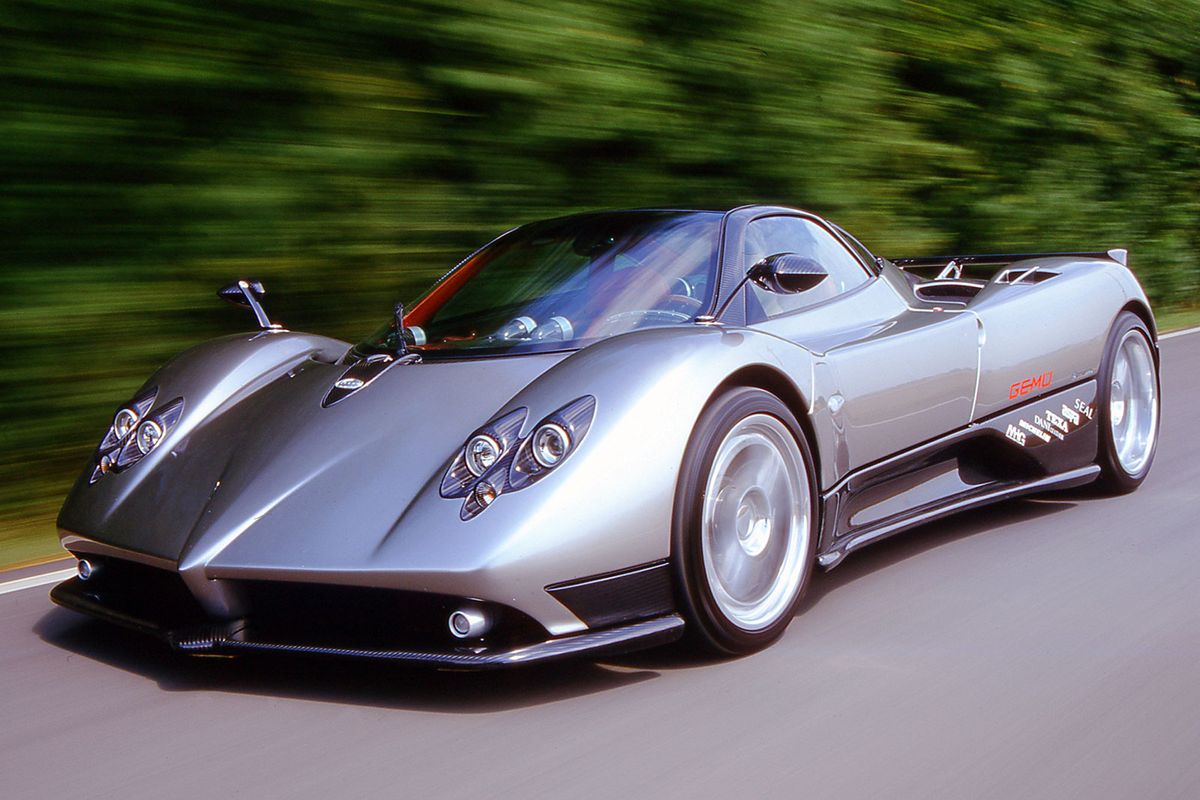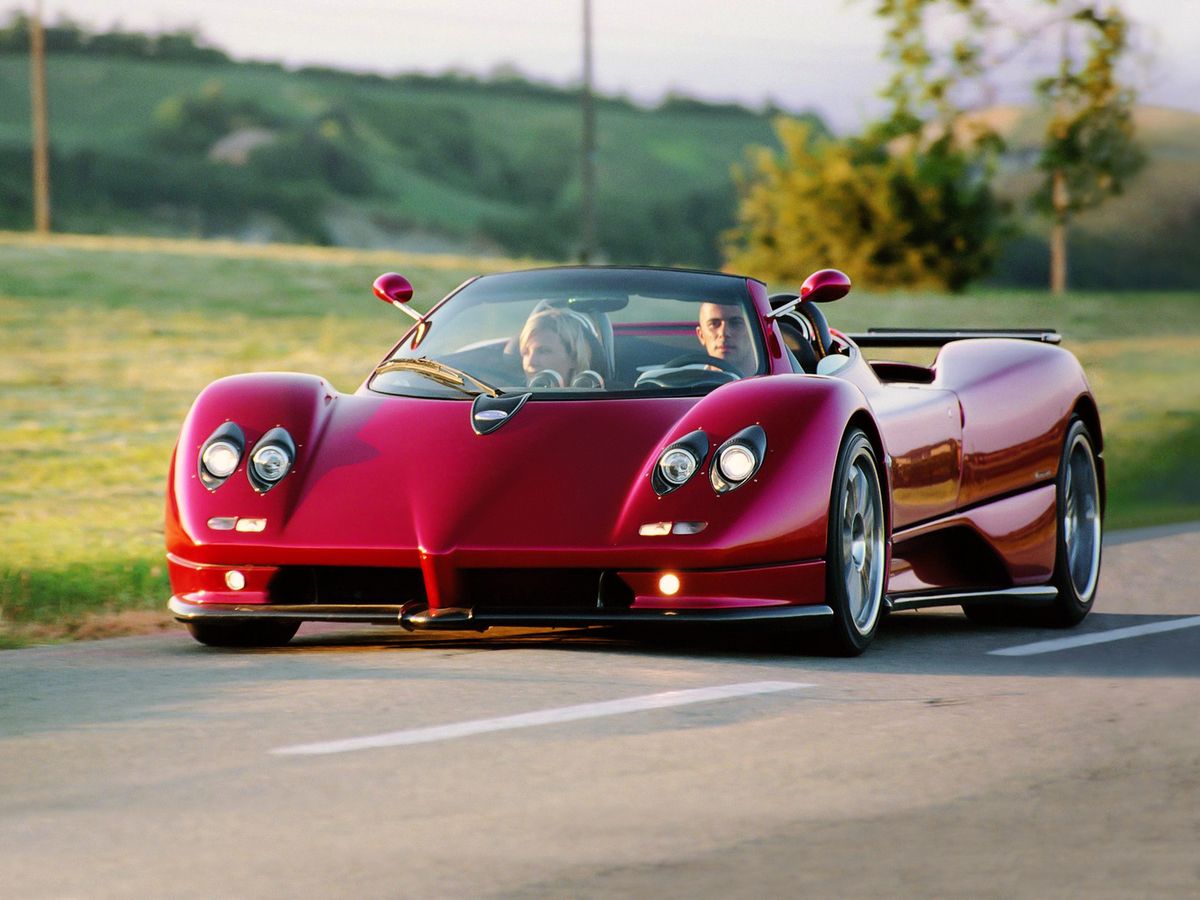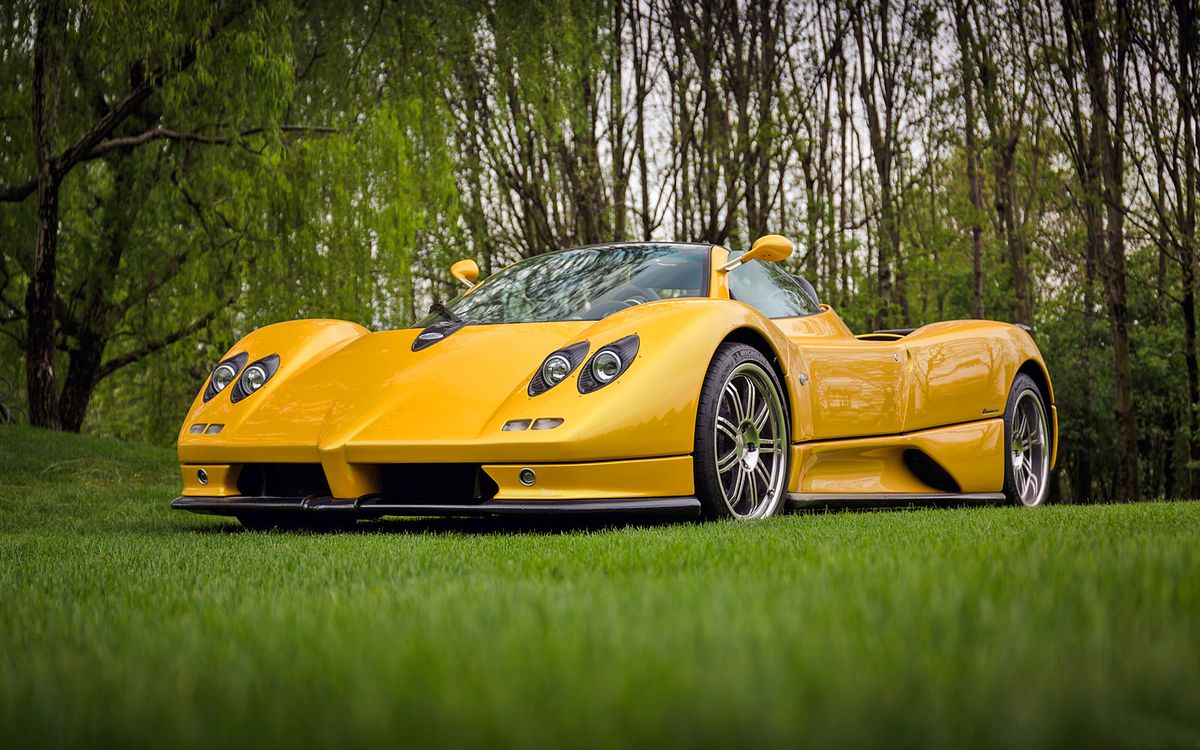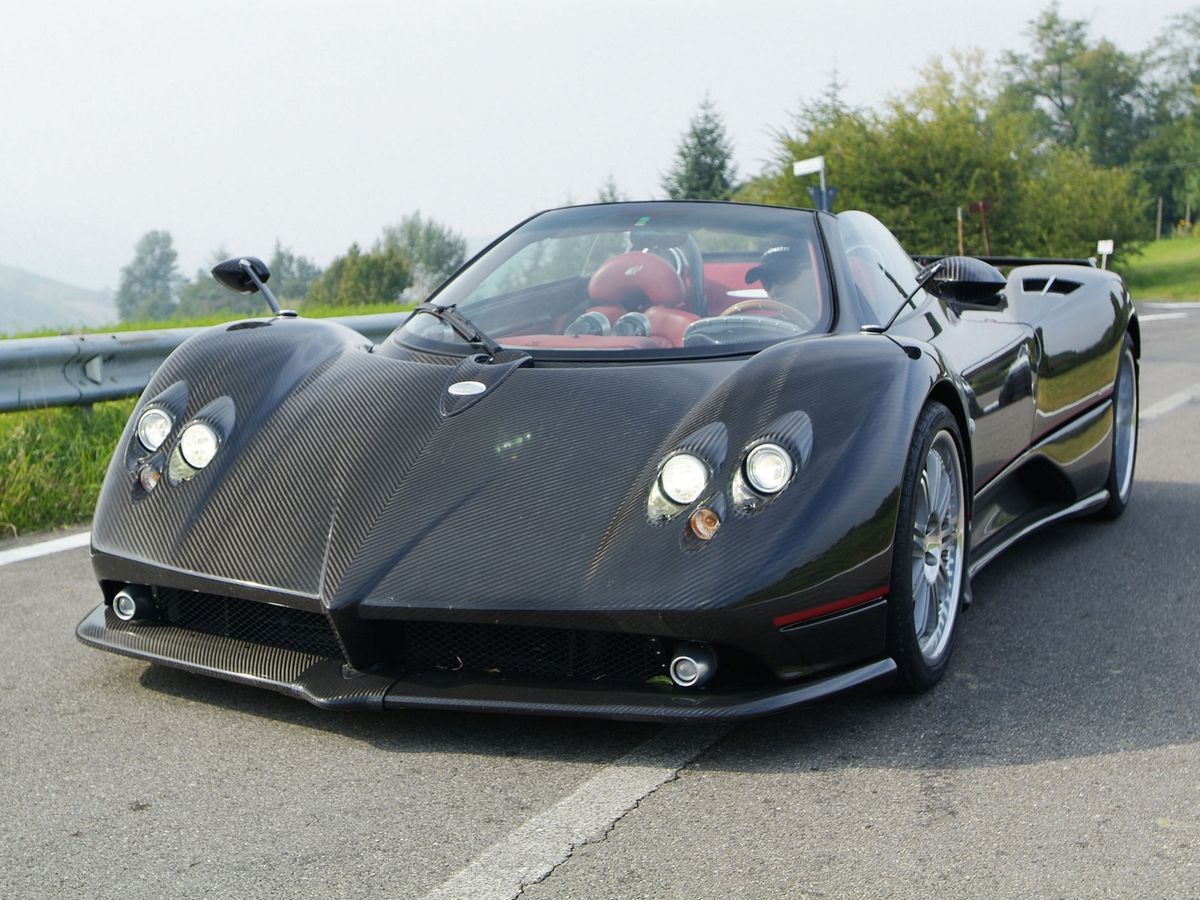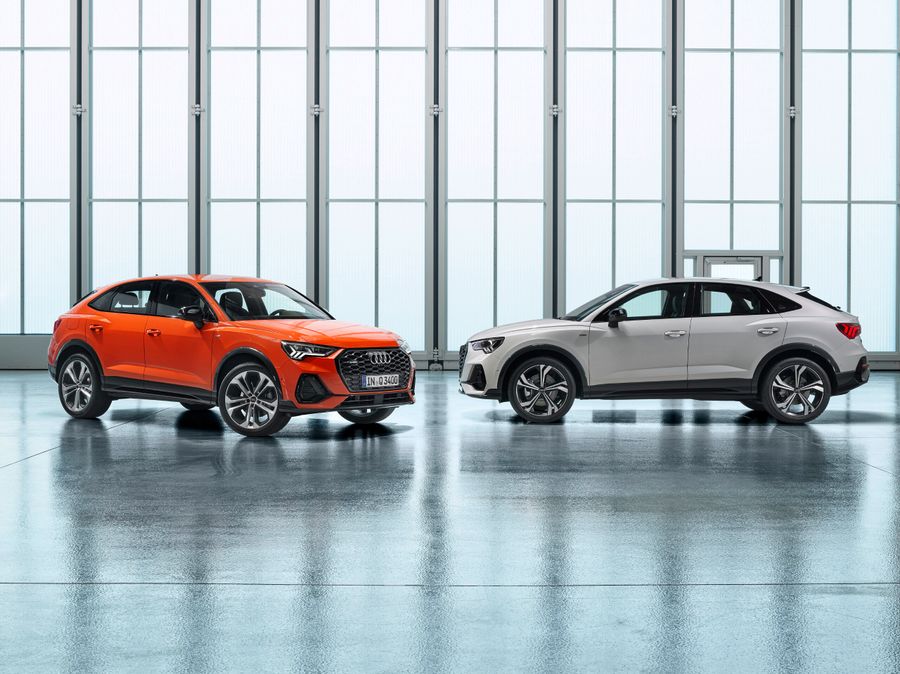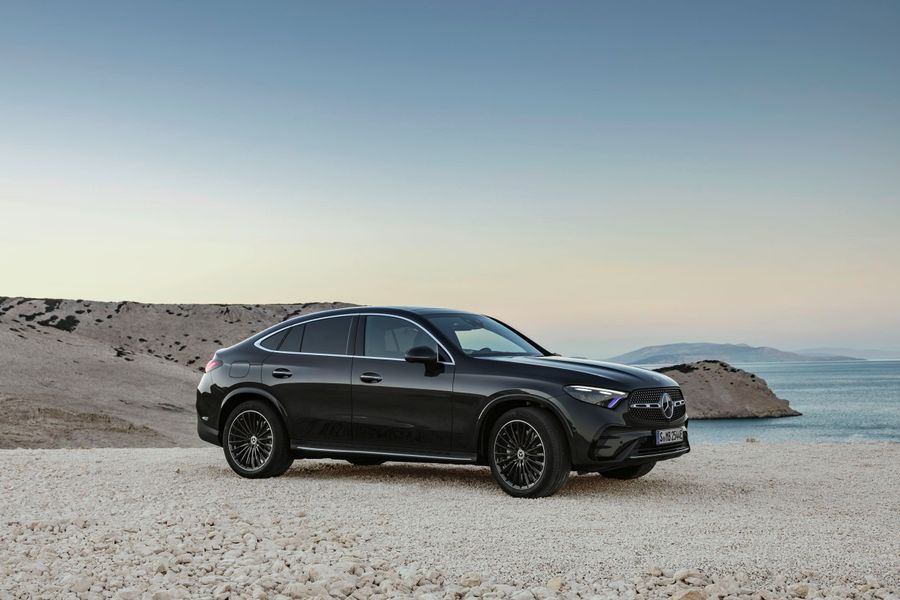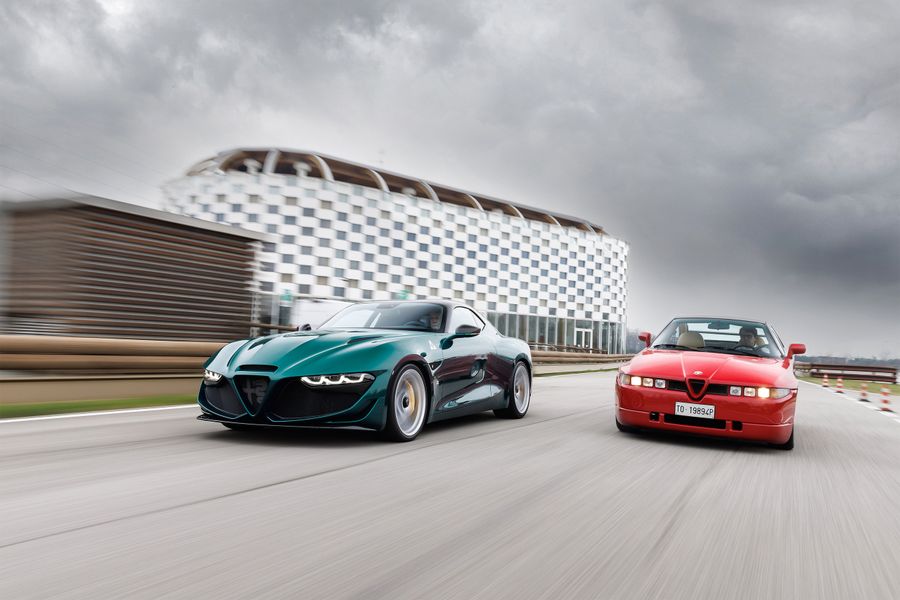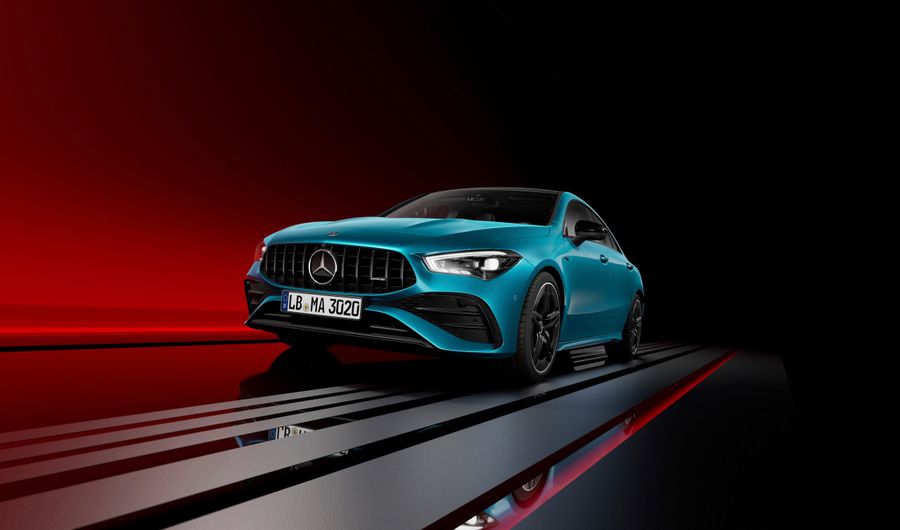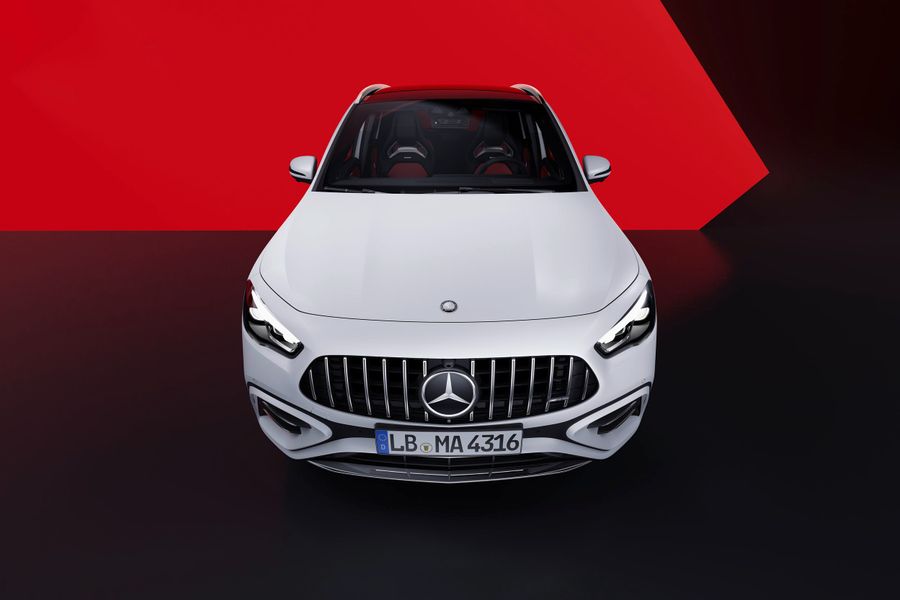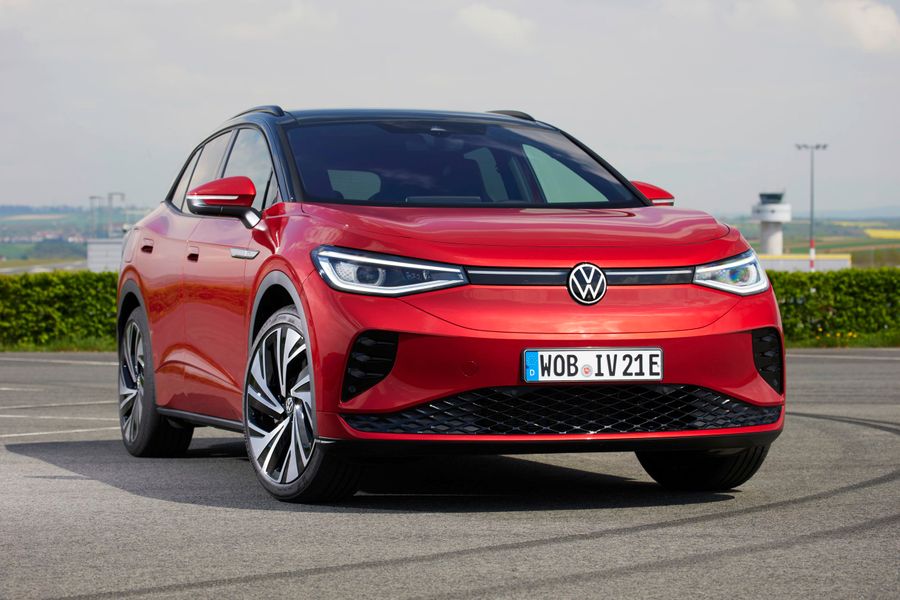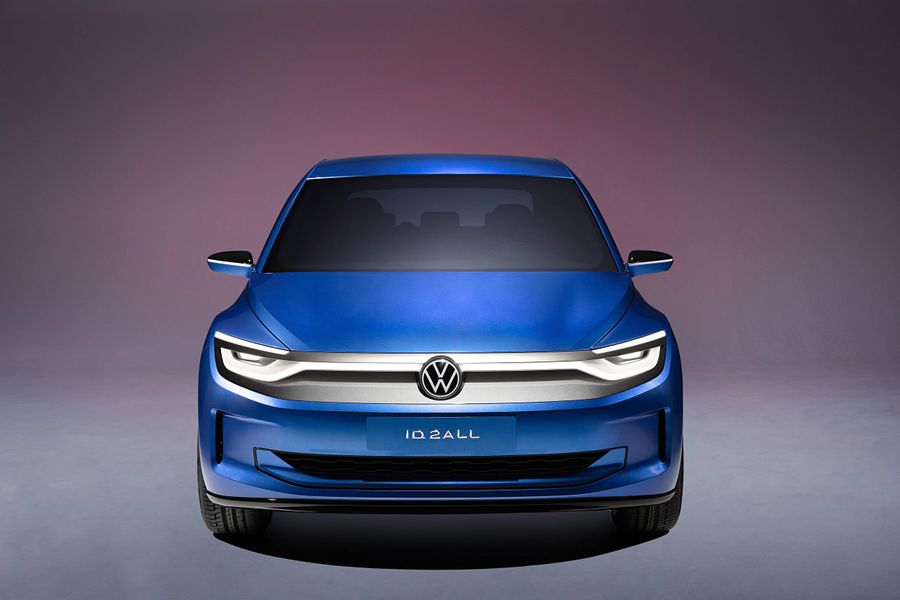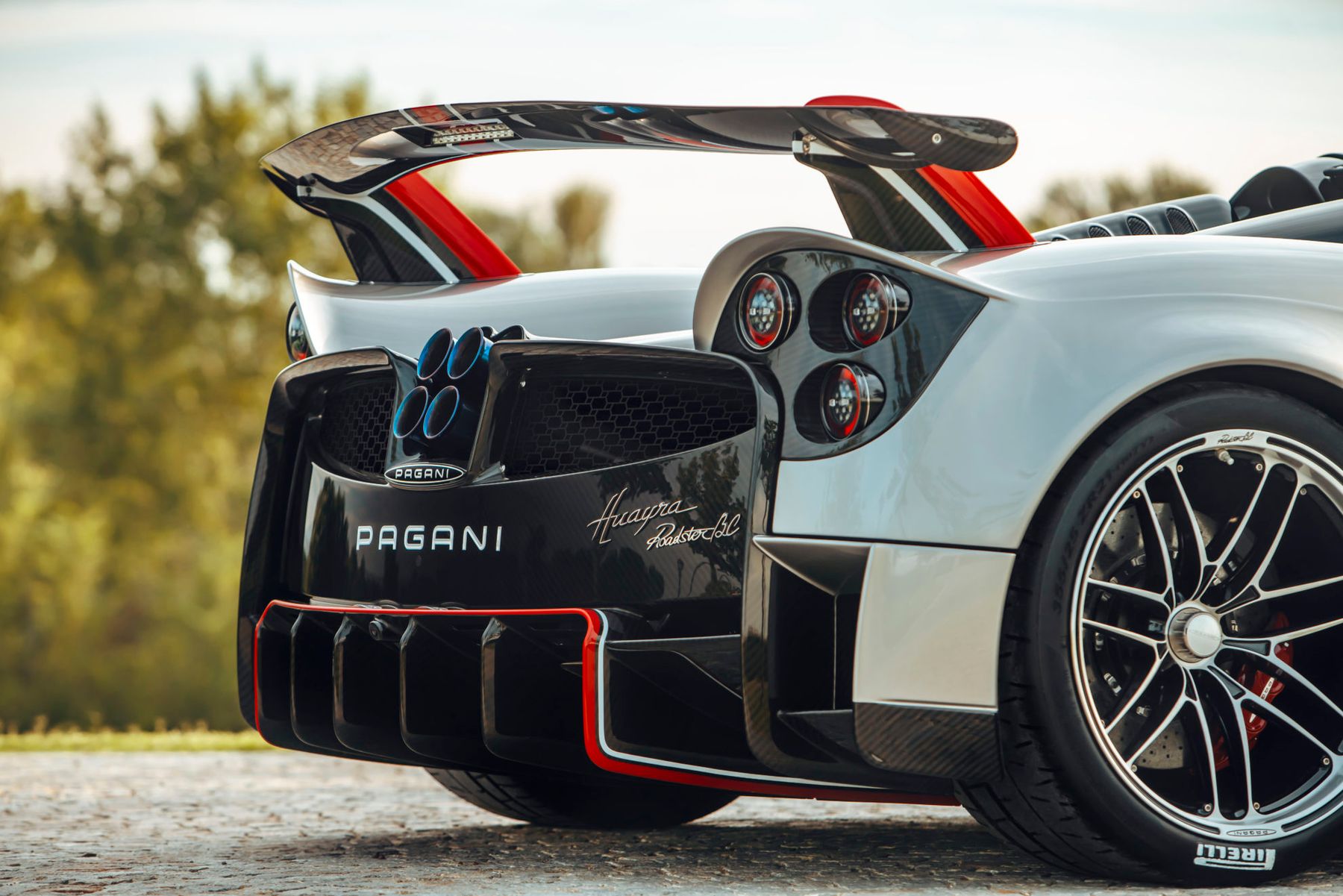
Pagani. The dream has come to life
Pagani models are not just supercars - sports cars with exclusive equipment, super high-speed dynamic performance, and super-price. They are hypercars! Pagani cars are superior to supercars in power, speed, and maneuverability! Huayra can reach a top speed of 378 km/h, and acceleration time to the hundred is only 3.2 seconds! Assembled by hand, with a frame and a carbon-fiber bodywork, Pagani cars are not only unique in design, but also with stunning dynamics!
And they are made of carbon fiber – a material consisting of thin threads with a diameter of 5 to 15 microns, formed mainly by carbon atoms. Carbon atoms are combined into microscopic crystals, aligned parallel to each other. And this gives the fibers greater tensile strength. The carbon fiber has high tensile strength, low specific gravity, low coefficient of thermal expansion, and chemical inertness. Carbon fiber is the basis for the production of carbon plastics or carbon. Carbon plastics are polymer composite materials consisting of interwoven strands of carbon fiber, located in a matrix of polymeric, more often epoxy, resins. Carbon has high strength, rigidity, and low weight, it’s stronger than steel but much lighter. And all this is just perfect for making a car! That’s what Horacio Pagani did when he founded his company Pagani Automobili S.p.A. to produce hypercars made of carbon.
A dream that came true
Pagani is not just a brand but a dream that came true. And it really started with a dream! An Argentinean boy Horacio dreamed of supercars since he was a child. He built models of cars made of wood, and at the age of 15, he built a minibike with his own hands and helped the local racer to finalize his car so that he immediately won the prize in the race.
Pagani can be considered the father of carbon cars. Pagani and his company made a major contribution to the creation of Lamborghini Diablo. A Pagani’s company called Composite Research still works and produces carbon parts and elements for many car brands, including Ferrari and Renault.
When Pagani was 21, he has already designed his chassis according to the requirements of the Formula Three! And showed it to the board of Renault Argentina. After that, the car made on Pagani’s chassis was the leader in racing all season! And so the stars were formed that these races were watched by the Maestro, five-time medallist of Formula One, Juan Manuel Fangio himself. And he was so impressed that he decided to meet the 22-year-old engineer. After meeting him, he even wrote three reference letters of recommendation: in Ferrari, Lamborghini, and Alfa Romeo.
This is how a young talented engineer Pagani happened to work for Automobili Lamborghini S.p.A. Starting to work as a simple mechanic at the famous factory, he decided to buy an autoclave to bake carbon, which Lamborghini refused, considering that the carbon direction was not promising enough. And Pagani decided to bet on carbon! In 1988, he founded his company Pagani Composite Research engaged in composite materials and carbon. And he was not mistaken!
Pagani can be considered the father of carbon cars. Pagani and his company made a major contribution to the creation of Lamborghini Diablo. A Pagani’s company called Composite Research still works and produces carbon parts and elements for many car brands, including Ferrari and Renault. Pagani also founded the company Modena Design, which specializes in interior and exterior design of sports cars and produces carbon parts for Dallara, Ferrari, Lange, and Renault.
But he didn’t forget his childhood dream… For 10 years Pagani created his first supercar until the drawings finally turned into a concept with a famous name, Fangio F1, named in honor of a great racer. Juan Manuel did not object :) Moreover, his patronage helped Pagani meet the management of the Mercedes AMG. And he was the first to negotiate the supply of engines for his future supercars. AMG built its magnificent atmospheric V12, especially for Pagani.
The first Pagani model was assembled by hand, with a frame and a carbon fiber body, not only unique in design, but also with stunning dynamics! It has accelerated to a hundred in 3.5 seconds! The maximum speed has been 340 km/h!
In 1998 Pagani finally opened its own factory Pagani Automobili. A year later, the first Pagani model appeared. Assembled by hand, with a frame and a carbon fiber body, not only unique in design, but also with stunning dynamics! It has accelerated to a hundred in 3.5 seconds! The maximum speed has been 340 km/h! And as a result – in the first year Pagani got about 100 prepaid orders for his supercar!
God of wind
Well, in 2011, there was Huayra. Huayra is a god of wind in the language of one of the South American tribes and a tribute to the Argentine racing car Huayra Pronello Ford. This hypercar from Pagani impresses even the most sophisticated public - the engine from Mercedes AMG V12 6.0 Bi-Turbo with an output of 730 h.p., and the weight of the car is only 1350 kg! That allows Huayra to reach a top speed of 378 km/h, and acceleration time to the hundred is only 3.2 seconds!
In Huayra, the principle of active aerodynamics has been applied for the first time. The active front and rear suspension, as well as four flaps: two at the front and two at the rear are used in the car design to fulfill this principle. They change their position depending on speed, steering angle, lateral acceleration, braking force, throttle position, and other dynamic characteristics, and information is obtained from systems such as ABS and ECU. Rear flaps act in the same way as the air brake. During heavy braking, they are raised to counteract weight transfer to the front wheels and to keep the entire vehicle stable.
Huayra is the only car to have been awarded the Car of the Year title by three editions at once – Top Gear, Car, and Evo Magazine. It’s the first Pagani model, certified everywhere, including the US and even the particularly strict state of California.
Pagani is not planning to build more than 40 Huayra cars per year and sell them at a price starting from 1,000,000 USD.
The factory of wonders
To understand how this miracle has been created, let’s just walk across the Pagani factory. Well, it looks like is everything but a factory but let’s call it one :) The Pagani Atelier consists of three main divisions: a design studio, a components workshop, and an assembly workshop. The production area resembles a small Italian town center with trees, a cobblestone bridge, street lights, and a town hall clock beating every hour, which emphasizes the true Italian spirit of Automobili Pagani.
On the first floor, there is an area where they work with composite materials. In the center, there are two huge autoclaves, where all the necessary parts are baked. Pagani Carbon is used everywhere, even in the engine mounts of its cars. The technology of braiding titanium parts with carbon makes it possible to combine the advantages of both materials.
The assembly shop is located on the ground floor. First, the front and rear suspensions are assembled, the parts of which are made of extra-light chromium-molybdenum steel, then other heavy mechanical components are installed on special sub-frames. Then each particular vehicle is moved to a separate room where the assembly process is completed. There are several such rooms located around the perimeter of the square. They are separated by arches, which gives the impression of open space. This is where several employees manually assemble Pagani cars, each of which already has its own owner.
This is how a little boy’s dream came true. Pagani hypercars could take over the world.


